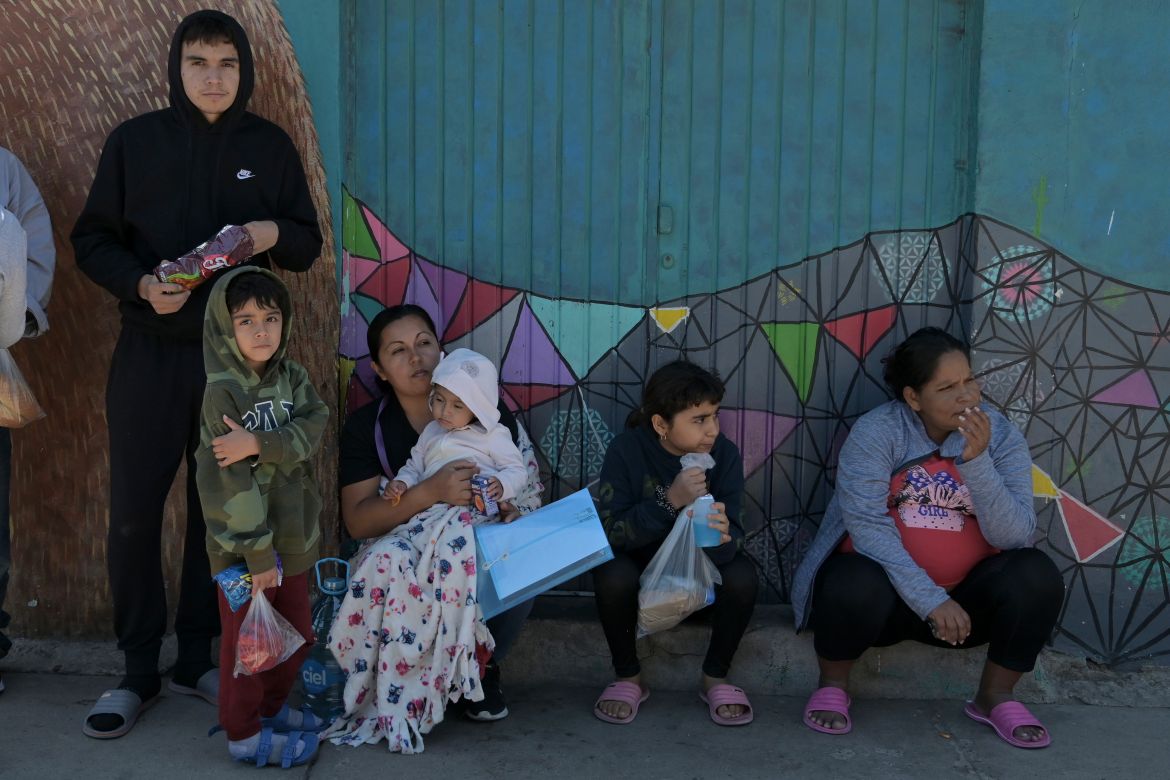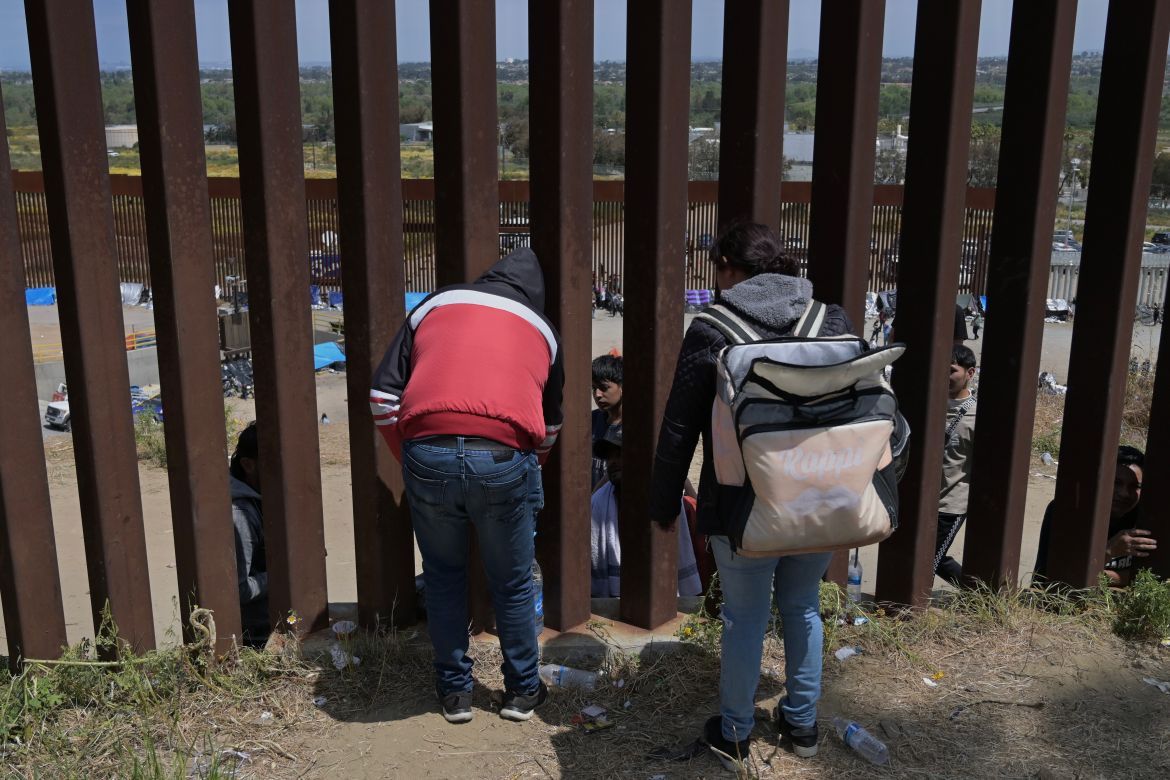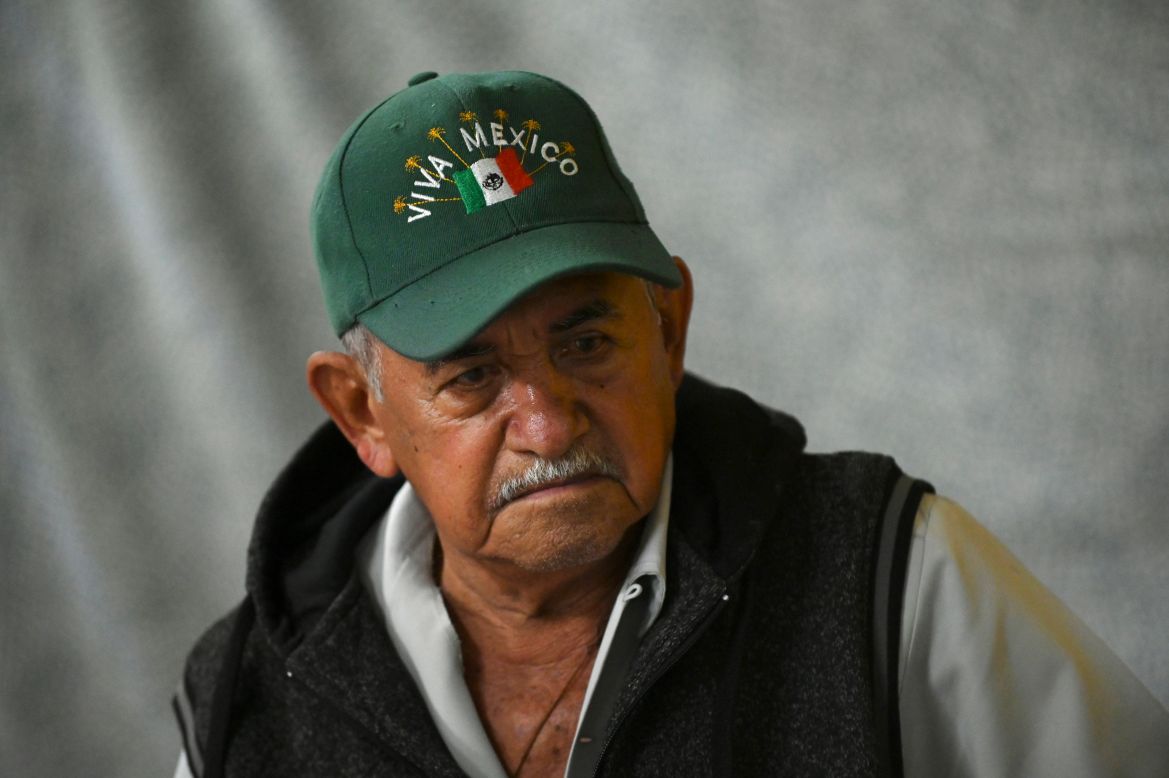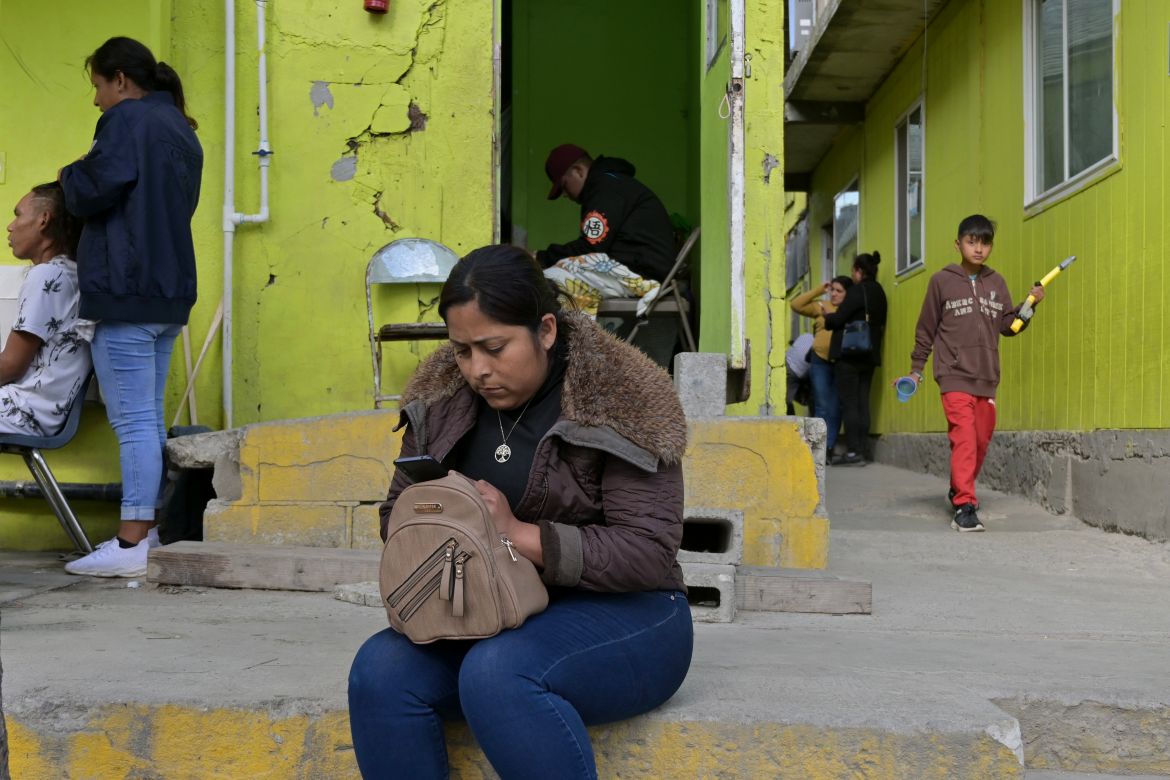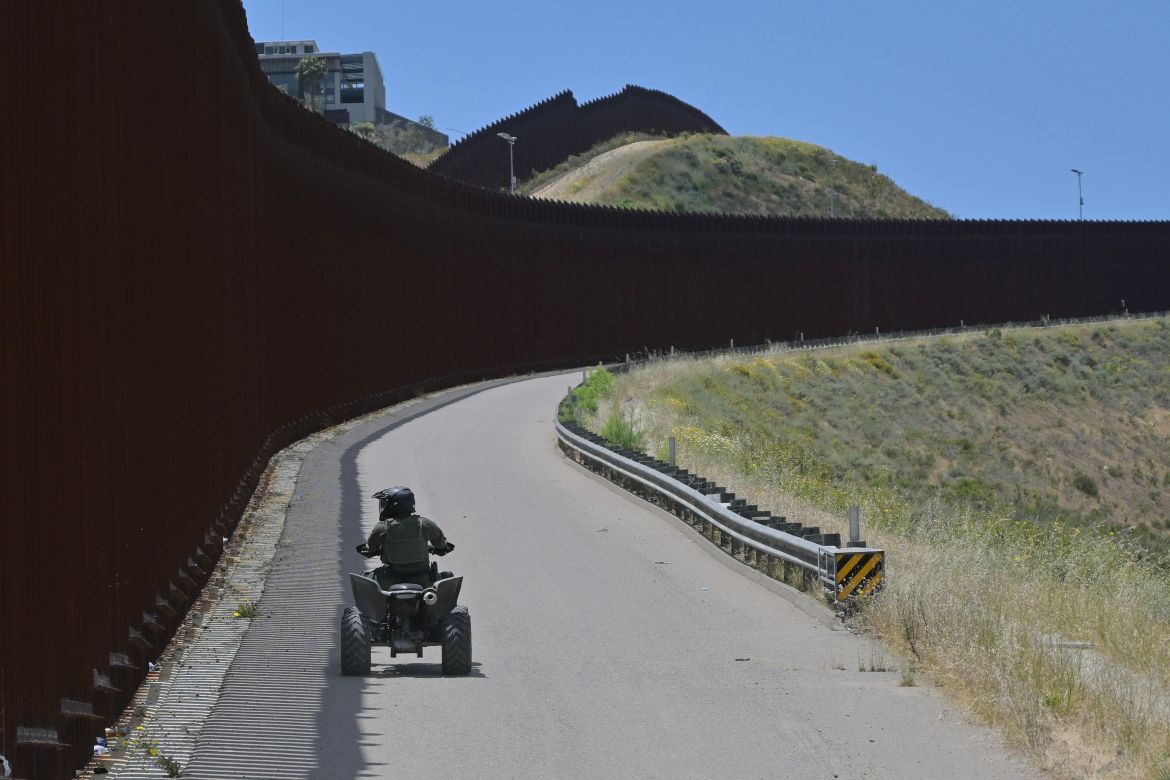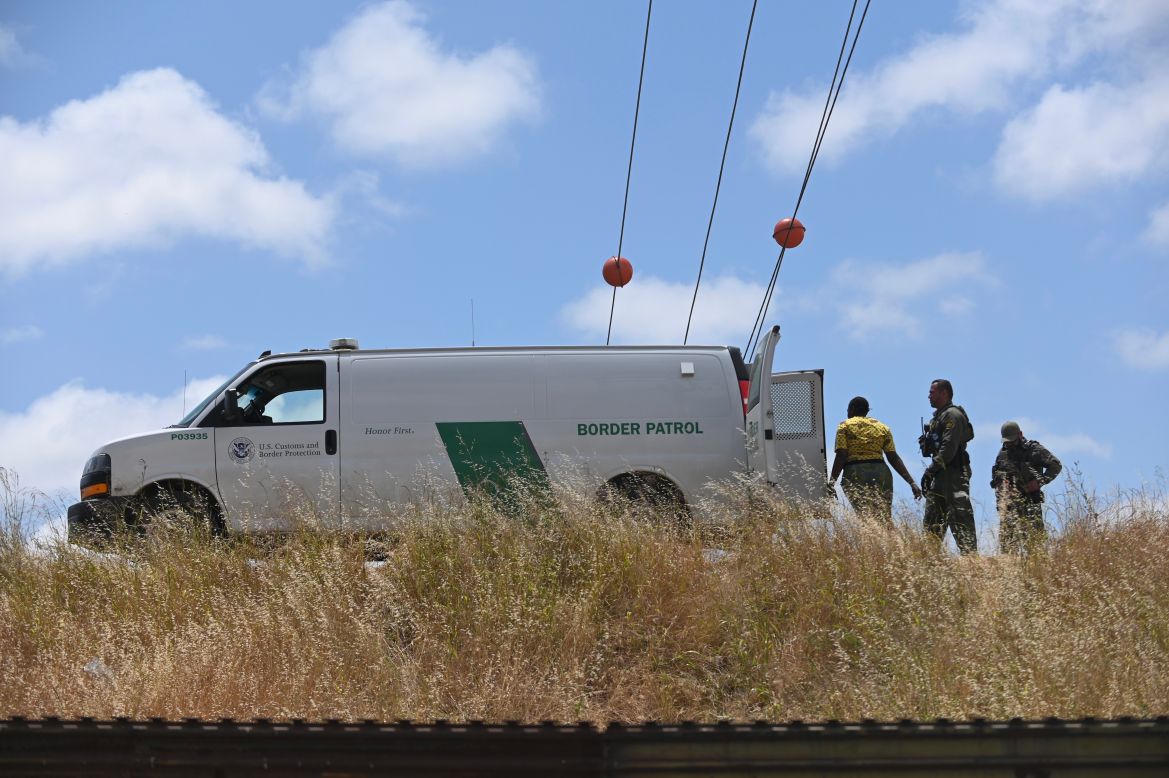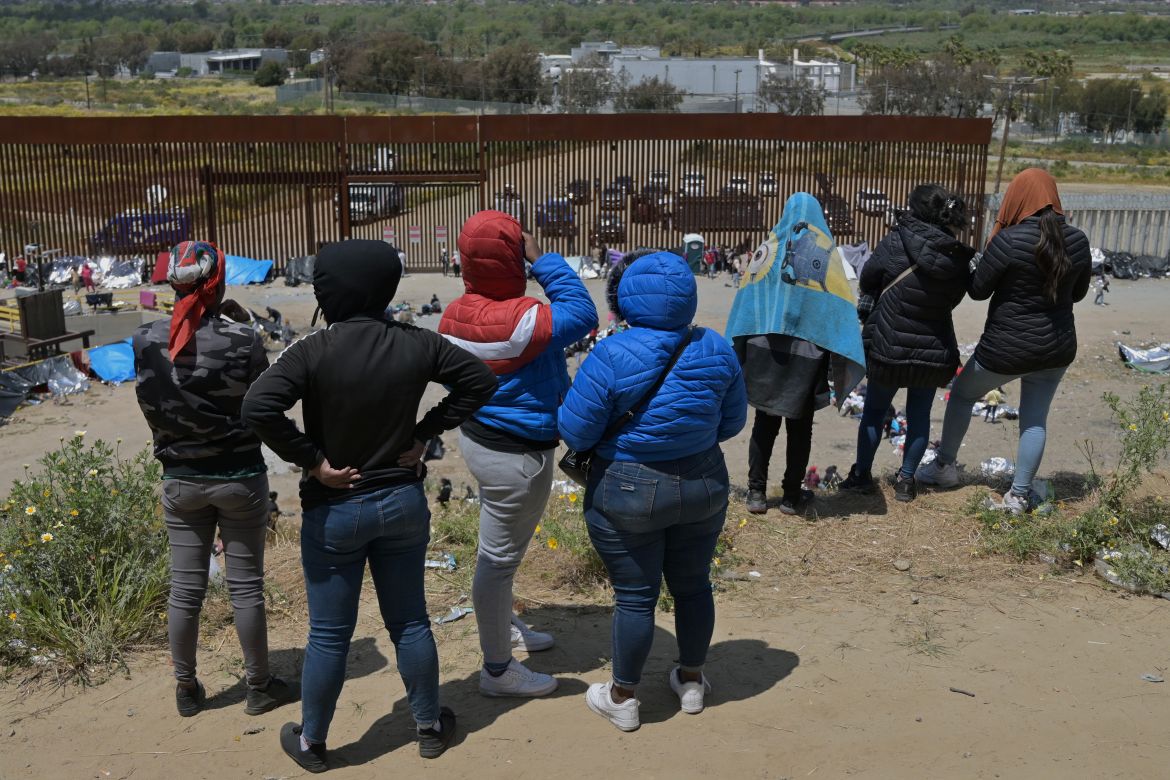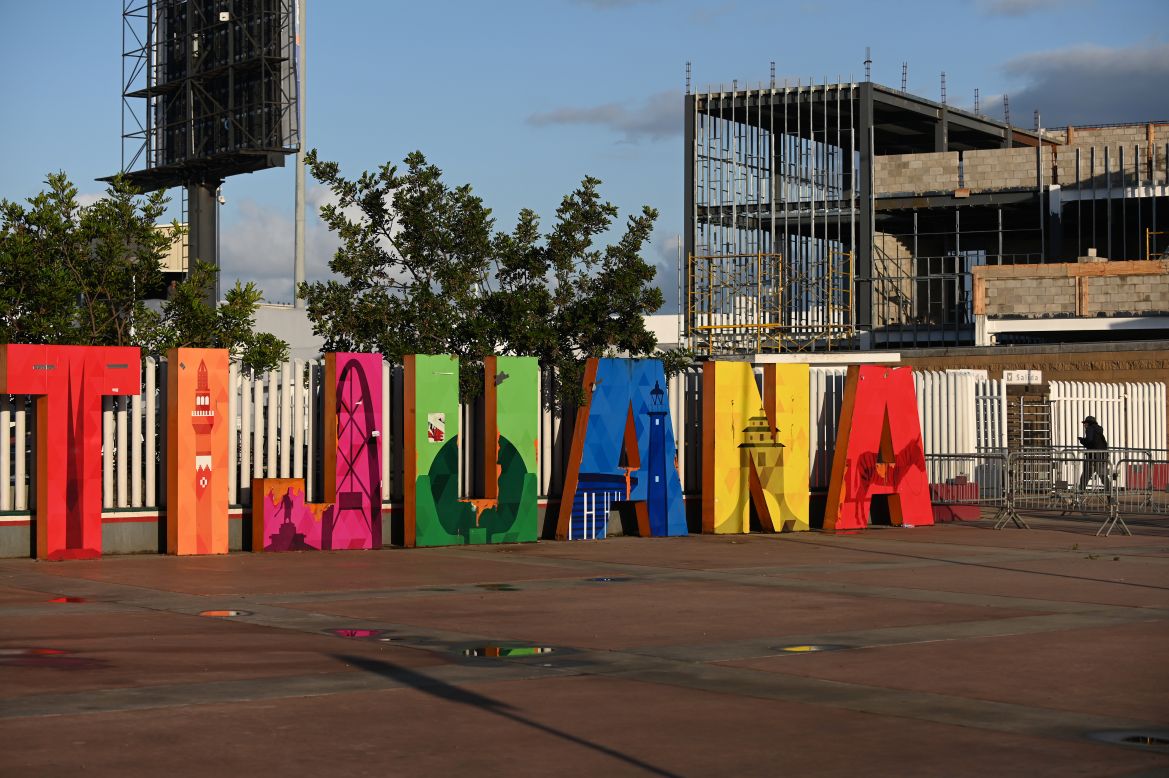In Pictures
‘We’re going to America’: Border hope and fear as Title 42 ends
The rule blocked 2.3 million people seeking asylum since the pandemic era policy was implemented.
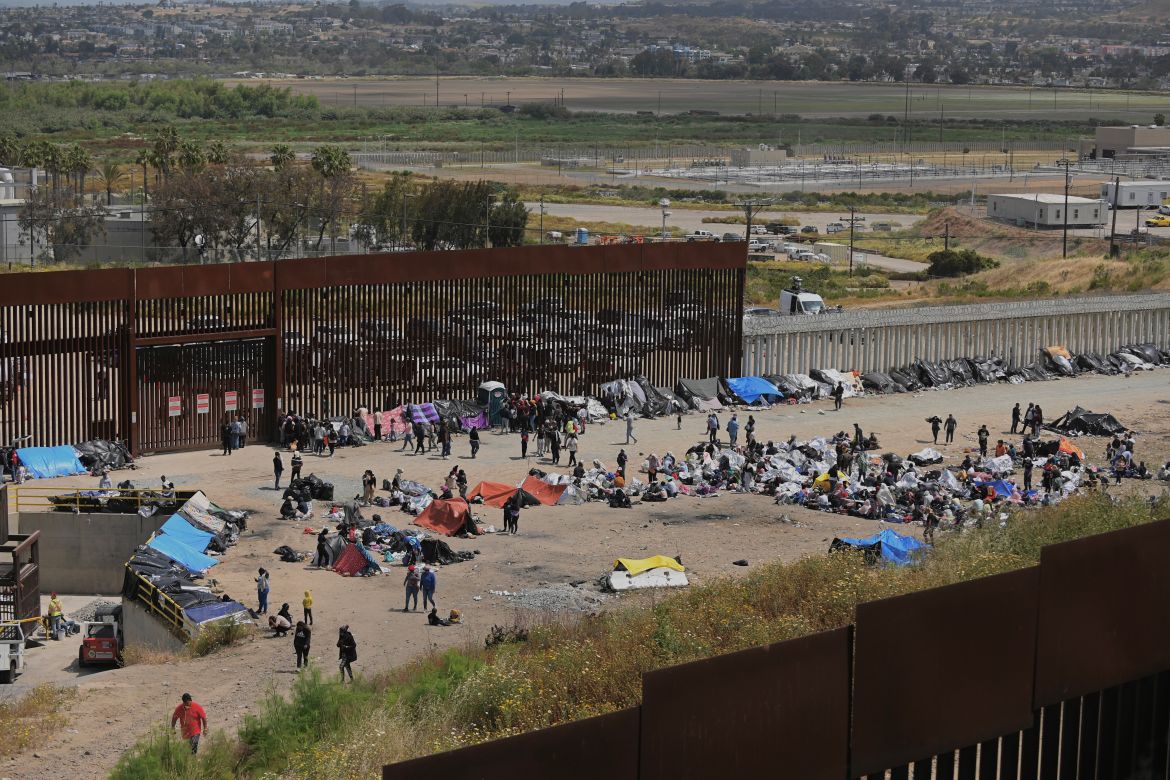
Three years ago, when the coronavirus pandemic brought the world to a halt, changing the way people live, it also fundamentally disrupted an act as old as humanity itself: migration.
In the United States, then-President Donald Trump’s administration introduced an emergency health order to stop the spread of COVID-19, targeting people looking to enter from the country’s southern border. The Title 42 rule allowed US authorities to turn away most migrants and refugees who arrive at the border, without giving them an opportunity to apply for protection. Since it was put in place, the US recorded 2.7 million Title 42 expulsions, according to government figures. This includes people who may have been turned away multiple times. The policy expired on Thursday, May 11, 2023.
On May 12, at the Tijuana-San Diego border crossing, a group of 200 migrants entered the US. They will now need to make it through a long-drawn process that can take years to decide whether a person gets asylum status to stay in the country.
The Department of Homeland Security has said under a new rule, Title 8, people will be disqualified from seeking asylum in the US if they did not apply in countries they crossed earlier in their journeys. The Mexican government also announced that they will continue to accept returns under Title 8 at the US border. Individuals removed under Title 8 are subject to a five-year bar on admission and potential criminal prosecution should they seek to re-enter in that period.
Yet that uncertainty is a risk many are willing to take, all in the hope of a new life eventually.

